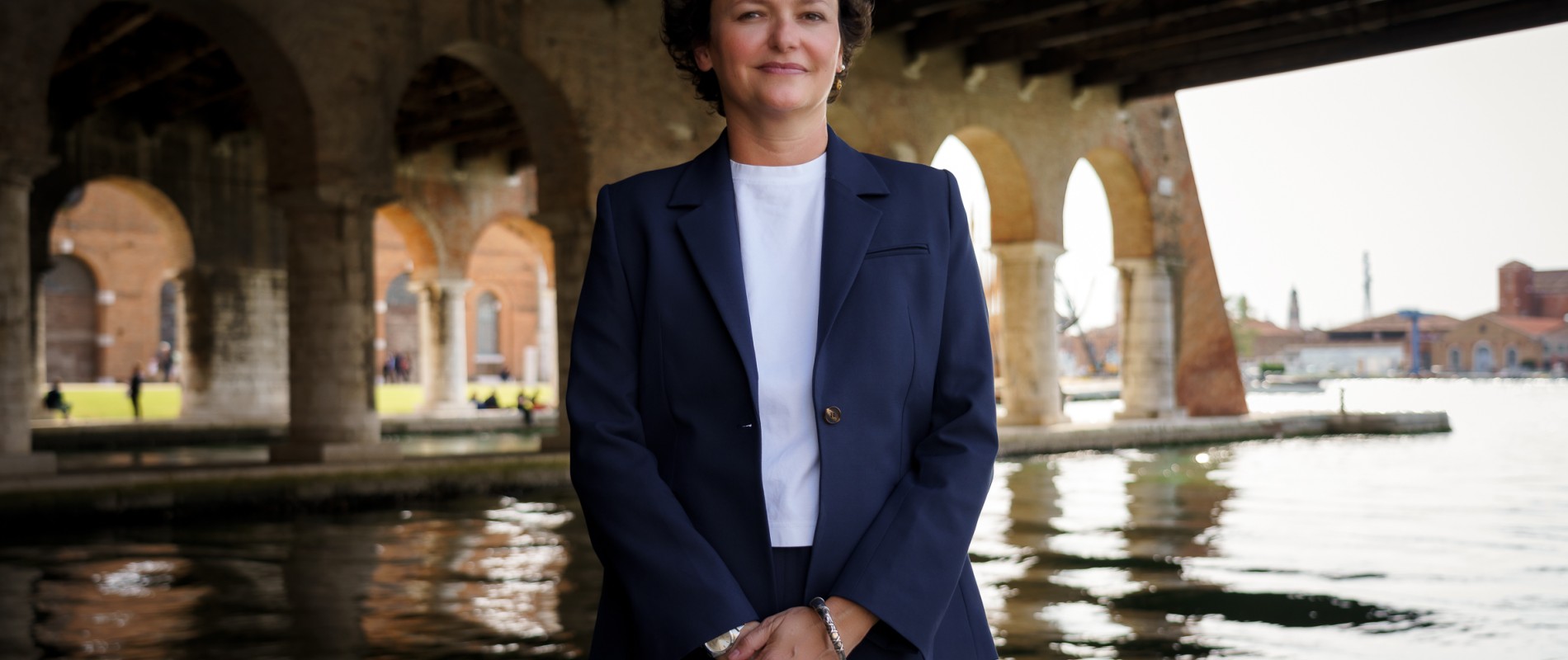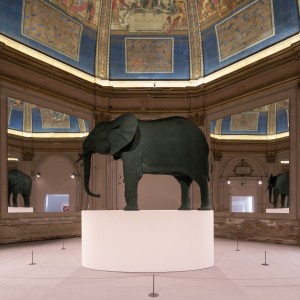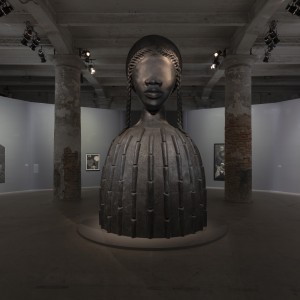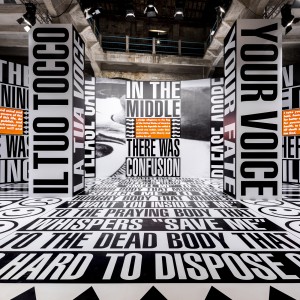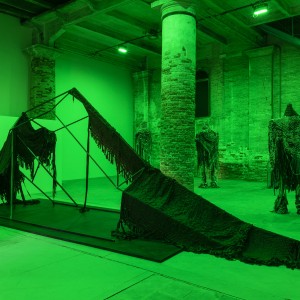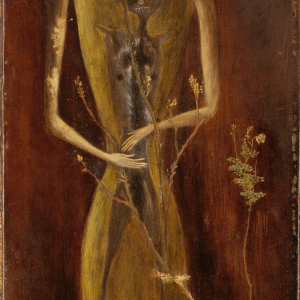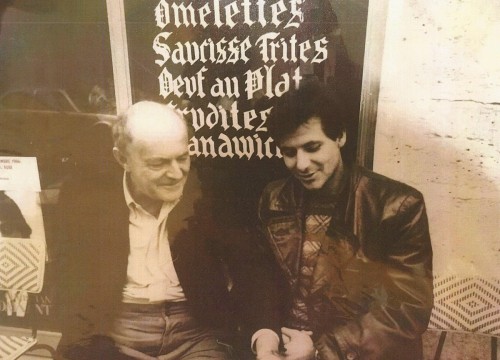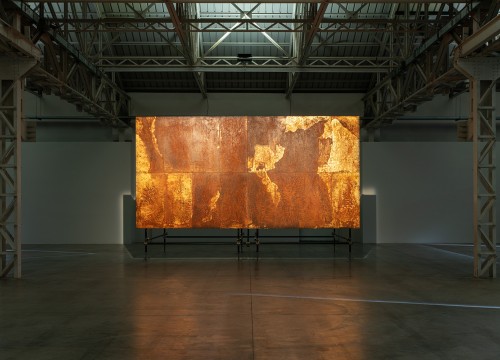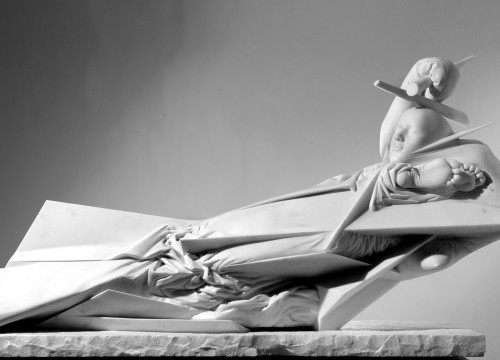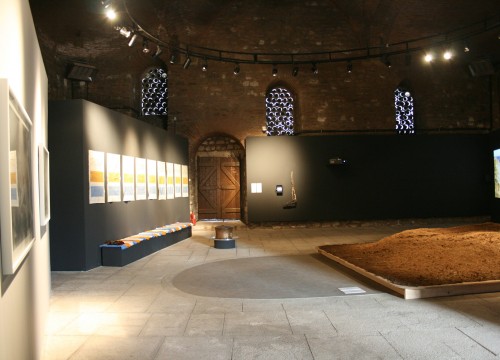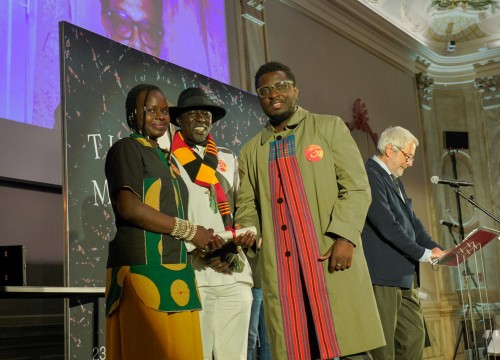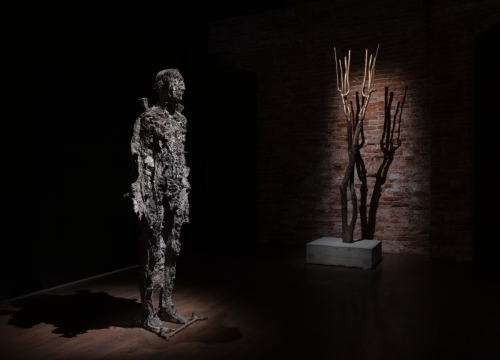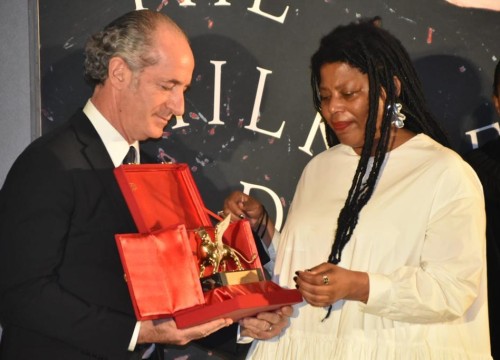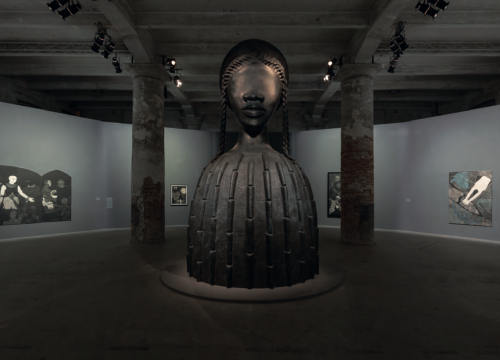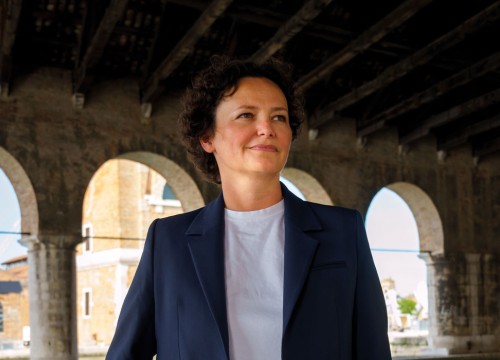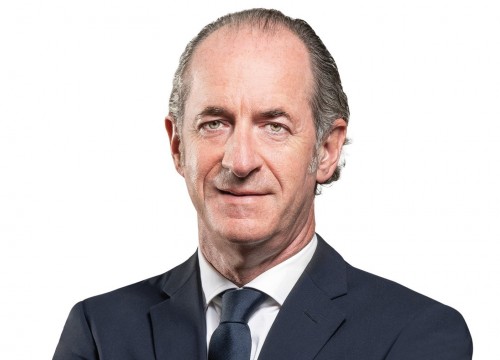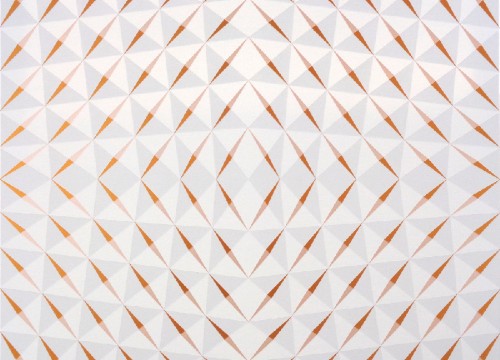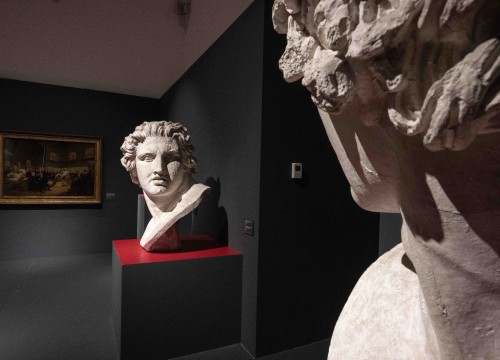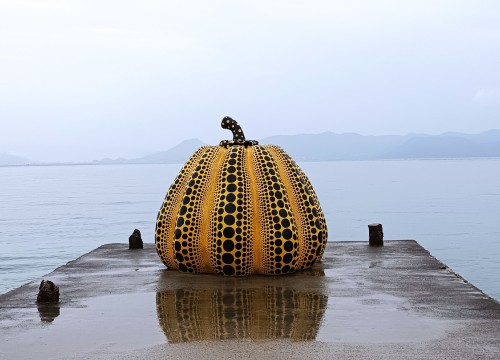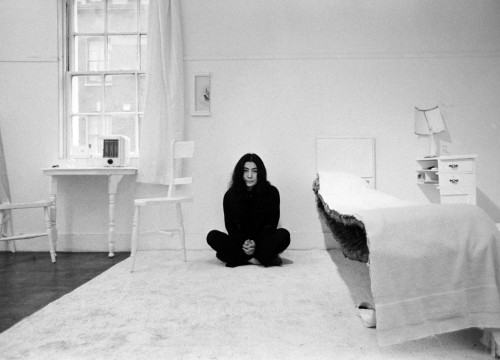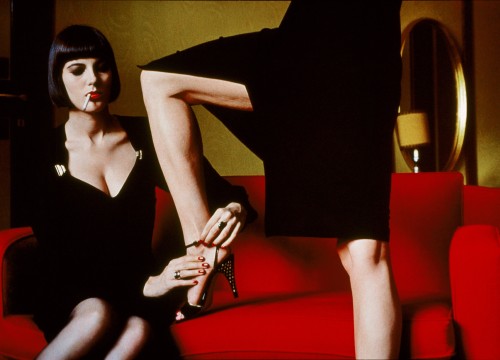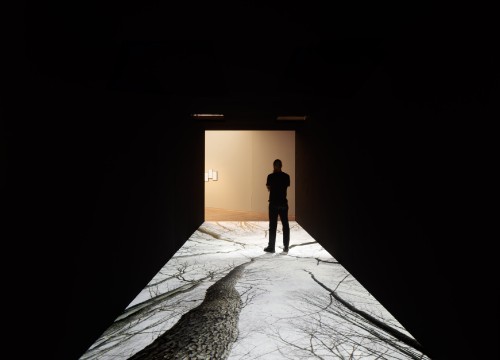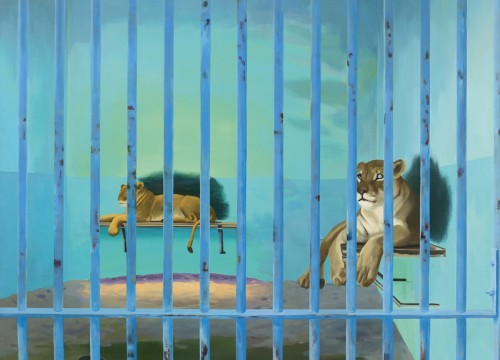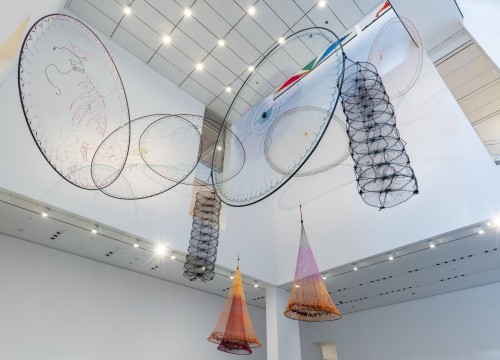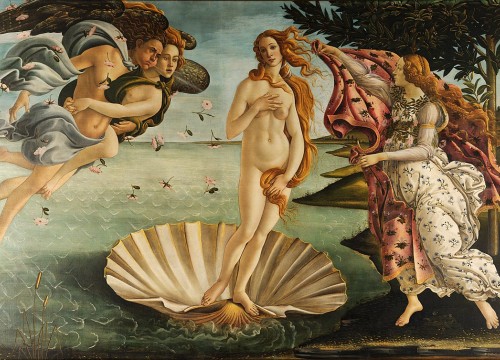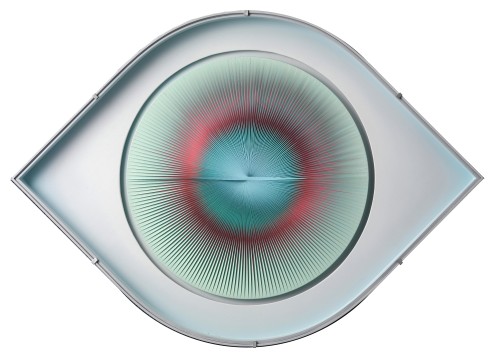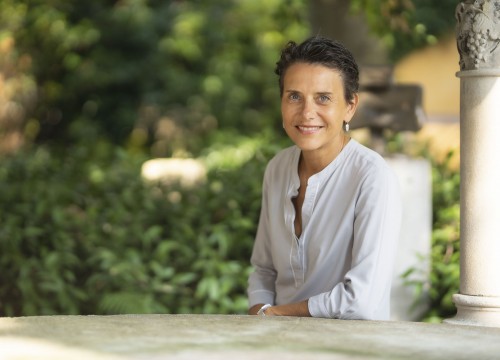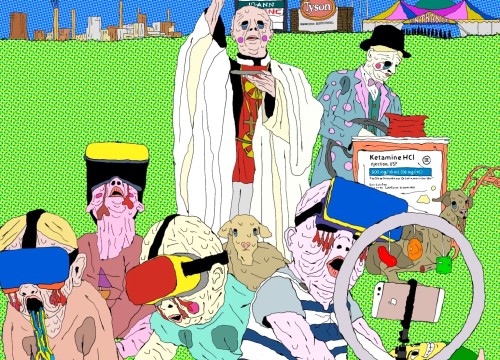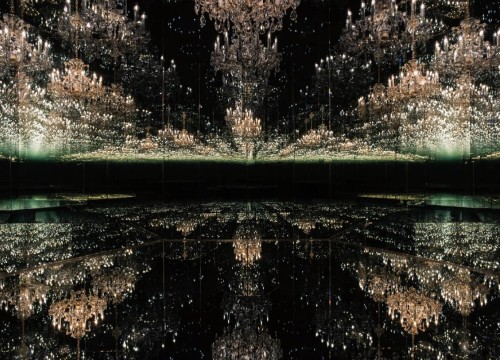Alemani says she chose the fantastical creatures from Carrington’s "The Milk of Dreams" for a journey through the metamorphosis of bodies and a new definition of human
“May you Live in interesting times,” read the title of the 2019 Biennale; that said, a pandemic conjuncture, a war e, a climate of cancel culture and social distancing, and increasingly invasive technology accompany the new edition of the Biennale. Curator Cecilia Alemani, a New York-based Italian, during the past press conference of February 22 - in a break from the digital meetings with artists rather than intercontinental studio visits - says she chose Leonora Carrington’s fantastical creatures from the book “The Milk of Dreams" to take a journey through the metamorphoses of bodies and the new definition of the human, with a focus on the increasingly intense link between human beings and technology. She said that she wants to subvert the anthropocentric view that has dominated since the Renaissance and she sure kept her promise. The international exhibition is institutional, with a classic museum style that will disappoint visitors looking for “daring” solutions, but will satisfy those who go in search of “artifacts” and not conceptual complications; 1,433 “objects,” abundant painting and sculpture, usable in an almost haptic dynamic, as partial compensation for the pandemic and social distancing.
THE CLASSIC MUSEUM IMPRINT WILL DISAPPOINT
THOSE LOOKING FOR DARING SOLUTIONS, BUT WILL
SATISFY THOSE WHO DO NOT LIKE CONCEPTUAL COMPLICATIONS
It will disappoint those who expect to find the artistic novelties of the last two or three years, because the order chosen by Alemani is based on historical research, as shown by the five “time capsules” in which Formafantasma orders the dense trans-historical and trans-disciplinary matter into spaces and volumes.. Out of 213 artists - 191 women - compared to a dozen born in the 1990s, eighty of the artists are deceased, about forty were born between the 1930s and 1940s, twenty in the 1950s and 1960s, sixty in the 1970s and 1980s. The Central Pavilion too keeps its promise, and the body takes the main stage, in its hybrid and dematerialized versions.
IN THE CENTRAL PAVILION, THE BODY TAKES
CENTER STAGE IN HYBRID AND DEMATERIALIZED VERSIONS
The Corderie shows the natural- artificial symbiosis, environmentalist sensibility and a sprinkling of science and the occult (“The Magical World” was the title of the Italian Pavilion curated by Alemani in 2017). It does not miss in regards to quantity, exhibiting as many as 180 first participants, 80 new productions and granting space to 26 Italian artists. To summarize the event we can say it is cultured and refined, with no critical stances but orderly insights, more lucubration and less passion, the role of women and minorities is a key component and is coherent and functional to its initial thesis.
AT THE CORDERIE WE FIND THE HERALDED NATURAL-ARTIFICIAL SYMBIOSIS, ENVIRONMENTALIST SENSIBILITY AND A SPRINKLE OF OCCULT SCIENCE
Sorting through the past to read the present, without unbalancing the future...but preparing to interpret it. In times of chaos like ours, that might be enough. In short, that’s how it is if you like, says the pirandellian play presented in the year of Leonora Carrington’s passing in 1917. But there are those who believe that inspiration from cinema would have been more fitting, with the 40th anniversary of Antonioni’s famous film, “Identificazione di una donna.”

